674 Whitton Avenue West, Northolt, London, UB5 4LA
This grade II listed building is in Northolt’s Wood End area – an ancient hamlet which, until the early 20th century, was surrounded by fields. It’s a fine example of ‘the improved inter-war years’ public house’. Built in the late 1930s by Courage & Co to serve the fast-growing Northolt suburb, this two-storey, L-shaped building boasted a billiards room and an assembly hall, along with travellers’ accommodation – many of the original stylish features surviving intact.
A plaque documenting the history of The Greenwood Hotel.
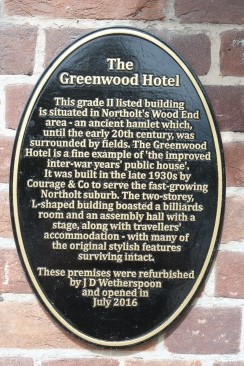
The text reads: This Grade II listed building is in Northolt’s Wood End area – an ancient hamlet which, until the early 20th century, was surrounded by fields. It’s a fine example of the improved inter-war years’ public house. Built in the late 1930s by Courage & Co. to serve the fast-growing Northolt suburb, this two storey, L-shaped building boasted a billiards room and an assembly hall, along with travellers’ accommodation – many of the original stylish features surviving intact.
These premises were refurbished by J D Wetherspoon and opened in July 2016.
A photograph and text about The Greenwood Hotel.
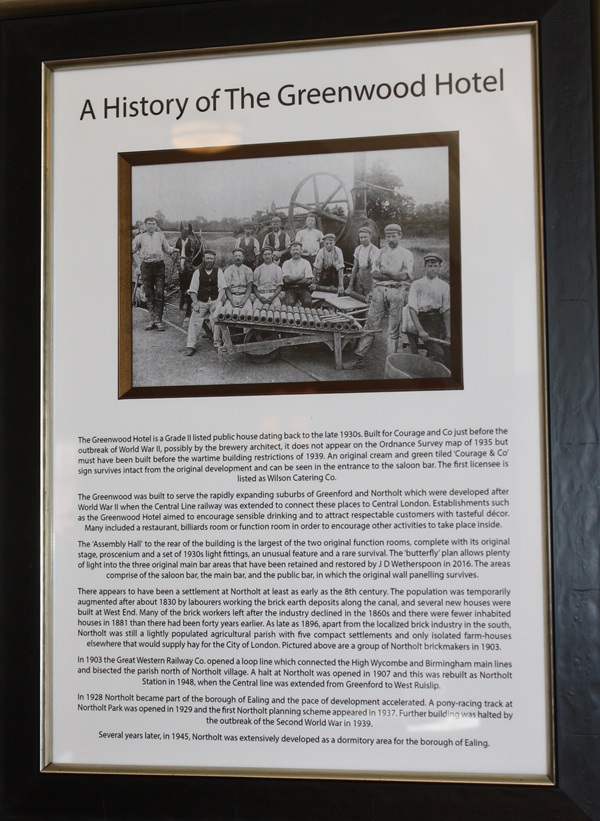
The text reads: The Greenwood Hotel is a Grade II listed public house dating back to the late 1930s. Built for Courage and Co just before the outbreak of World War II, possibly by the brewery architect, it does not appear on the Ordnance Survey map 1935 but must have been built before the wartime building restrictions of 1939. An original cream and green tiled Courage & Co sign survives intact from the original development and can be seen in the entrance to the saloon bar. The first license is listed as Wilson Catering Co.
The Greenwood was built to serve the rapidly expanding suburbs of Greenford and Northolt which were developed after World War II when the Central Line railway was extended to connect these places to Central London. Establishments such as the Greenwood Hotel aimed to encourage sensible drinking and to attract respectable customers with tasteful décor. Many included a restaurant, billiards room or function room in order to encourage other activities to take place inside.
The Assembly Hall to the rear of the building is the largest of the two original function rooms, complete with its original stage, proscenium and a set of 1930s light fittings, an unusual feature and a rare survival. The butterfly plan allows plenty of light into the three original main bar areas that have been retained and restored by J D Wetherspoon in 2016. The areas comprise of the saloon bar, the main bar, and the public bar, in which the original wall panelling survives.
There appears to have been a settlement at Northolt at least as early as the 8th century. The population was temporarily augmented after about 1830 by labourers working the brick earth deposits along the canal. And several new houses were built at West End. Many of the brick workers left after the industry declined in the 1860s and there were fewer inhabited houses in 1881 than there had been forty years earlier. As late as 1896, apart from the localised brick industry in the south, Northolt was still a lightly populated agricultural parish with five compact settlements and only isolated farm-houses elsewhere that would supply hay for the City of London. Pictured above are a group of Northolt brickmakers in 1903.
In 1903 the Great Western Railway Co. opened a loop line which connected the High Wycombe and Birmingham main lines and bisected the parish north of Northolt village. A halt at Northolt was opened in 1907 and this was rebuilt as Northolt Station in 1948, when the Central line was extended from Greenford to West Ruislip.
In 1928 Northolt became part of the borough of Ealing and the pace of the development accelerated. A pony-racing track at Northolt Park was opened in 1929 and the first Northolt planning scheme appeared in 1937. Further building was halted by the outbreak of the Second World War in 1939.
Several years later in 1945, Northolt was extensively developed as a dormitory area for the borough of Ealing.
A photograph of building a hayrick at West End Farm, Northolt, c1900s.
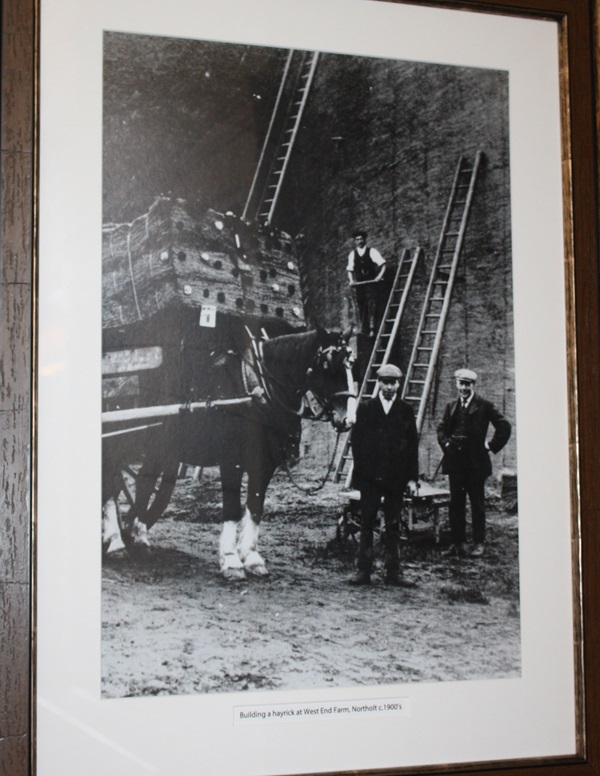
A photograph of Northolt Park Race Course, c1934.
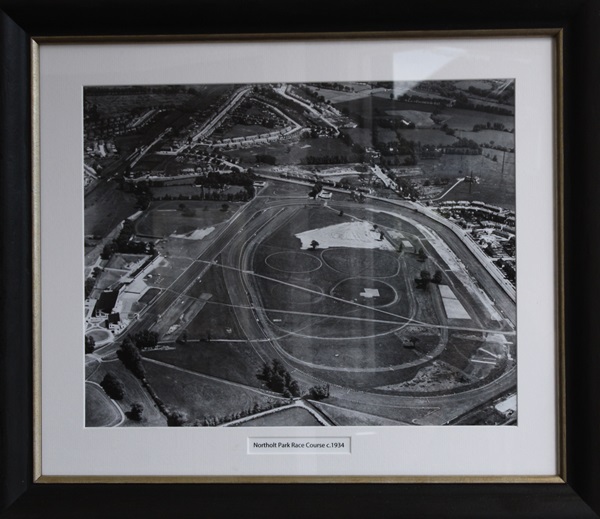
A photograph of a race meeting at Northolt Park Racecourse, c1934.
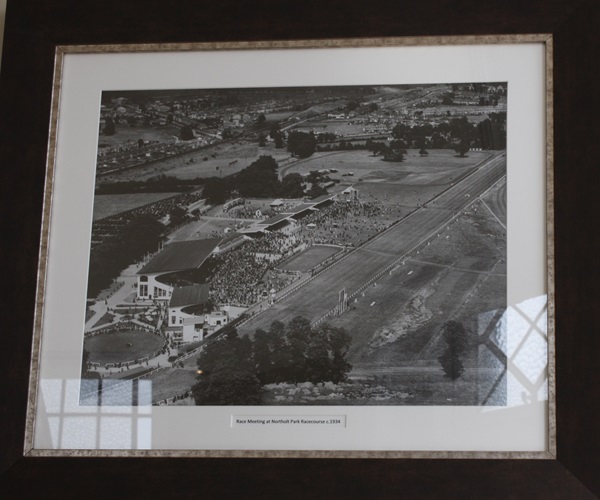
A photograph of Flying Jib, owned by Colonel Sir P Carlebach and ridden by TR Griffiths, who won the Pony Derby at Northolt in 1938.
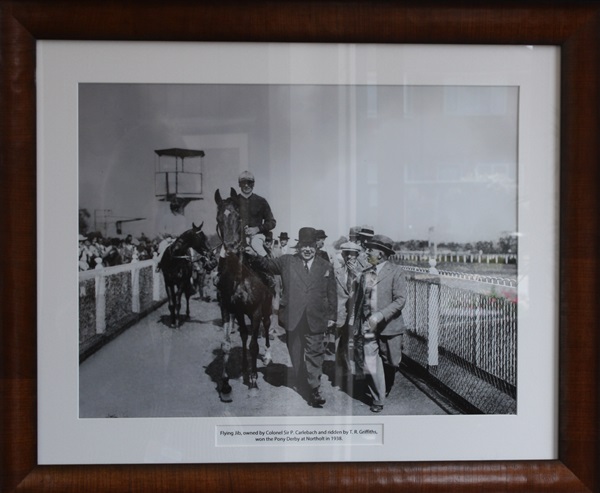
A photograph of Mountain Cloud, winner of the 1934 Northolt Derby in the unsaddling enclosure after the race.
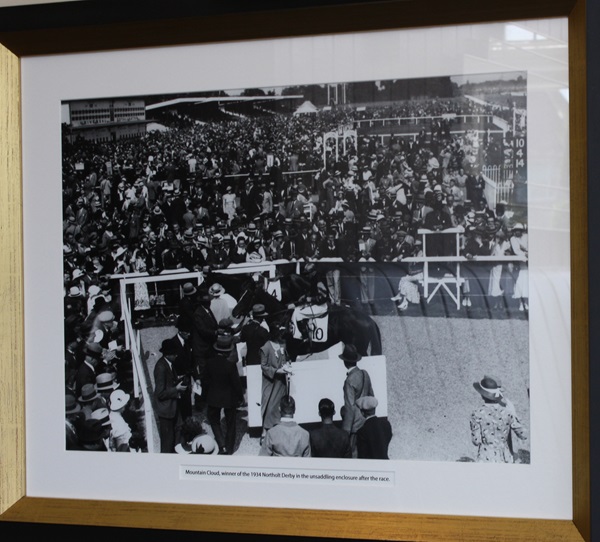
A poster advertising races at Northolt Park.
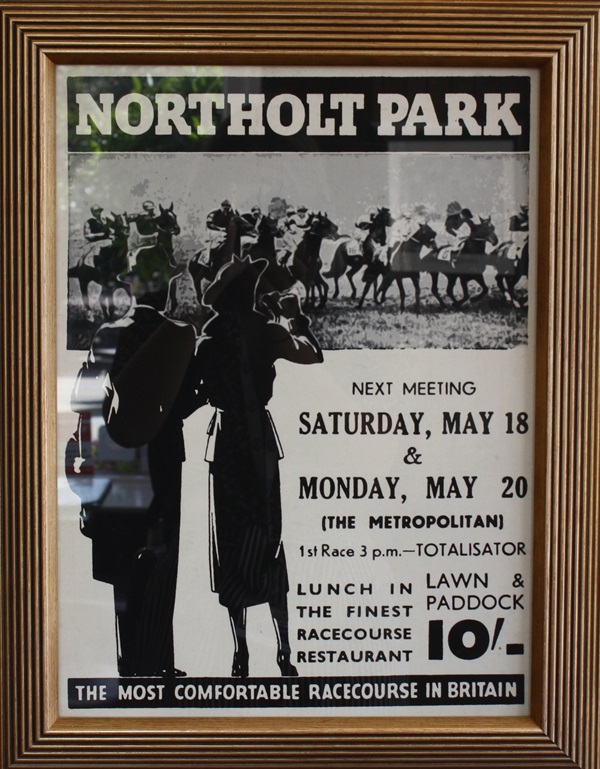
A photograph of a scene from Thank Evans at Northolt Park Racecourse c1938, at the start of a meeting.
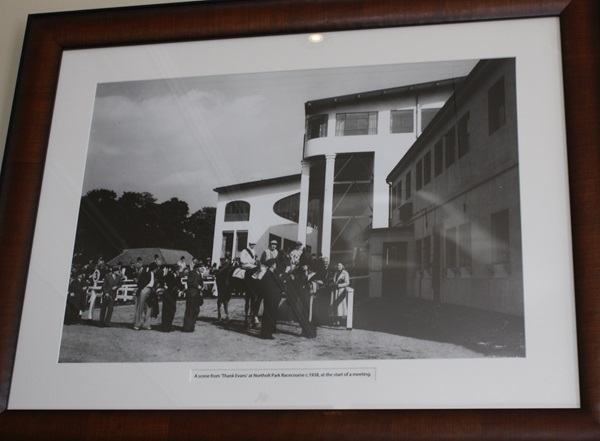
A photograph of British European Airways commercial air liner is the Vickers V 700 Viscount, seen here at Northolt Airport, c1949.
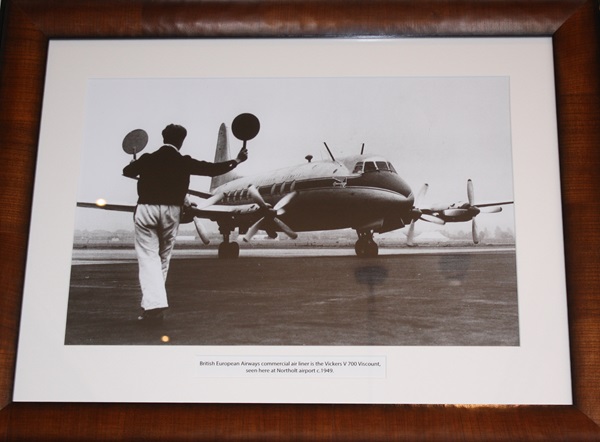
This photo is thought to have been taken from a BEA Bristol Dragonfly as it flies over the ‘apron’ at Northolt in the early 1950s. It is possibly operating from the Festival of Britain heliport on the South Bank in central London.
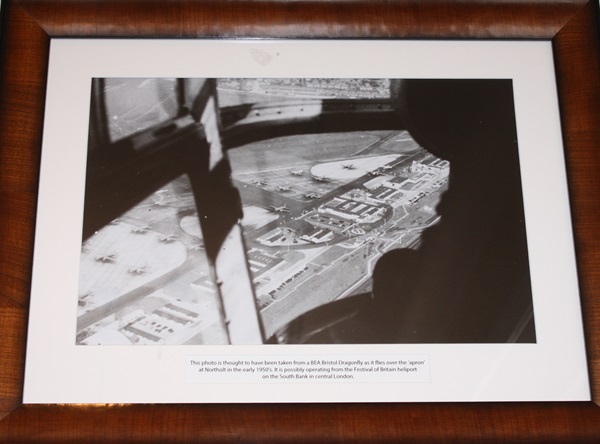
Text about RAF Northolt.
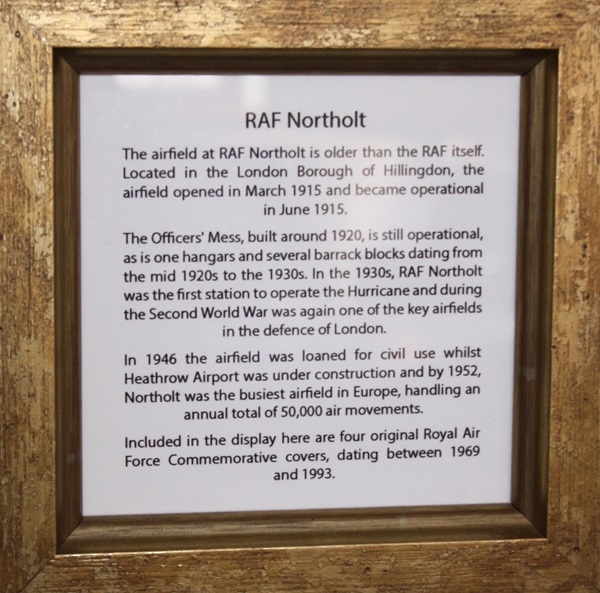
The text reads: The airfield at RAF Northolt is older than the RAF itself. Located in the London Borough of Hillingdon, the airfield opened in March 1915 and became operational in June 1915.
The Officers’ Mess, built around 1920, is still operational, as is one hangar and several barrack blocks dating from the mid 1920s to the 1930s. In the 1930s, RAF Northolt was the first station to operate the Hurricane and during the Second World War was again one of the key airfields in the defence of London.
In 1946 the airfield was loaned for civil use whilst Heathrow Airport was under construction and by 1952, Northolt was the busiest airfield in Europe, handling an annual total of 50,000 air movements.
Included in the display here are four original Royal Air Force Commemorative covers, dating between 1969 and 1993.
Posters advertising the London Underground.
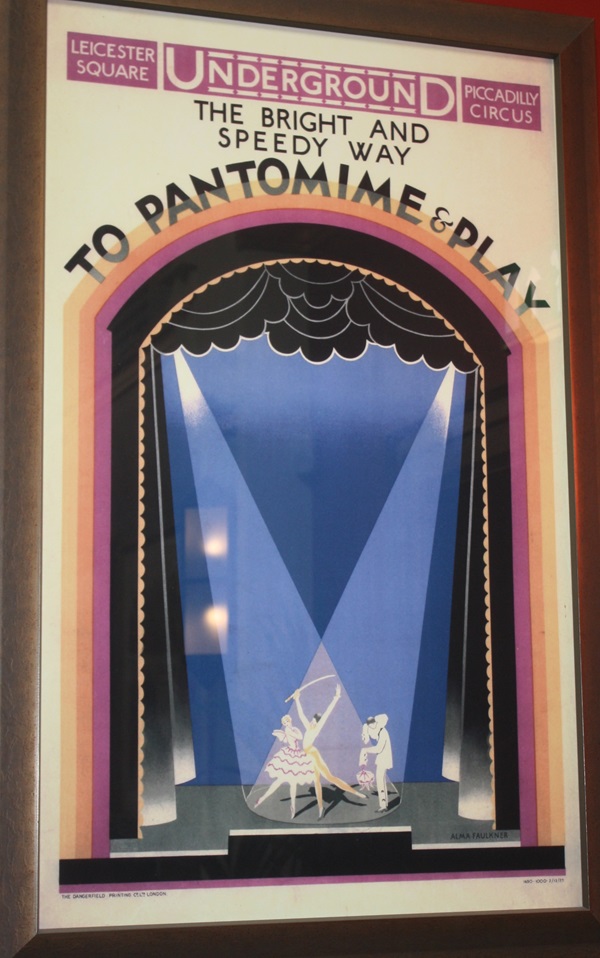
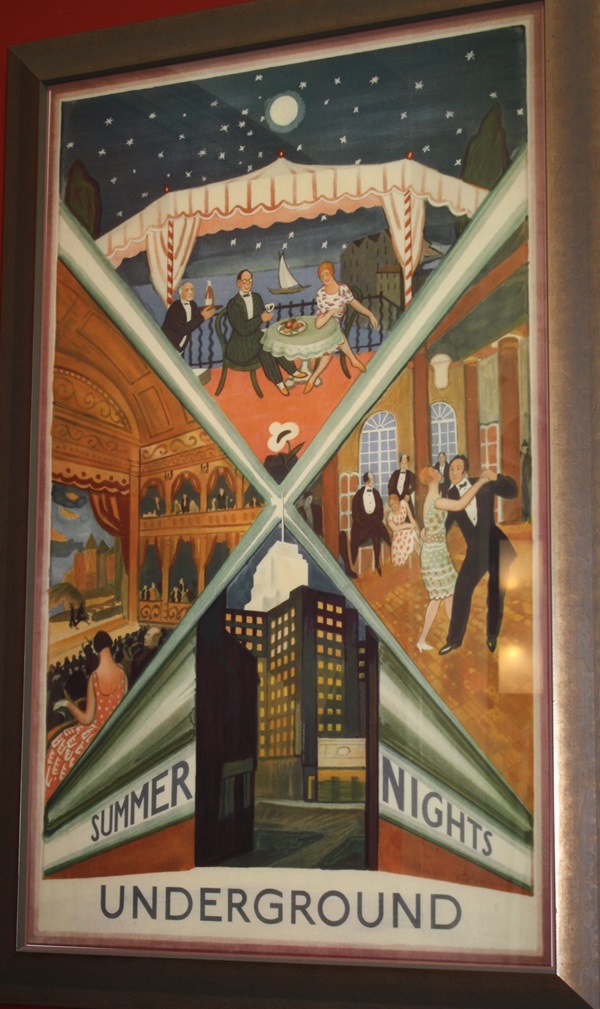
A print and text about Totopoly.
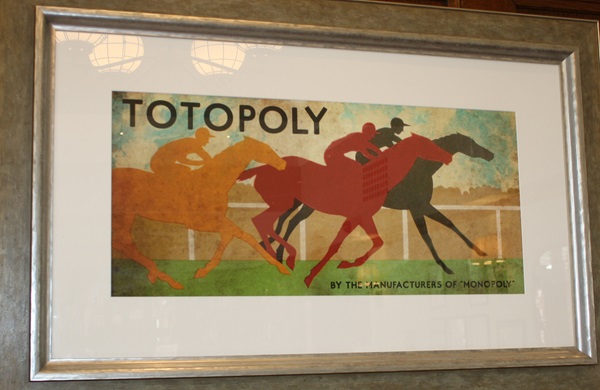
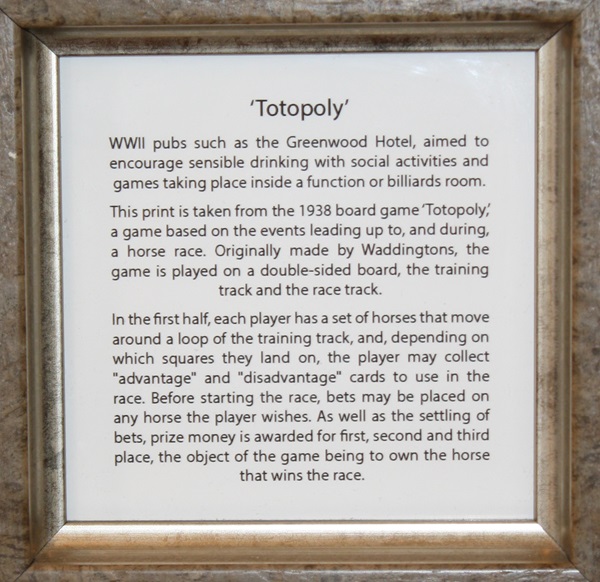
The text reads: WWII pubs such as The Greenwood Hotel, aimed to encourage sensible drinking with social activities and games taking place inside a function or billiards room.
This print is taken from the 1938 board game Totopoly, a game based on the events leading up to, and during, a horse race. Originally made by Waddingtons, the game is played on a double-sided board, the training track and race track.
In the first half, each player has a set of horses that move around a loop of the training track, and depending on which squares they land on, the player may collect ‘advantage’ and ‘disadvantage’ cards to use in the race. Before starting the race, bets may be placed on any horse the player wishes. As well as the settling of bets, prize money is awarded for first, second and third place, the object of the game being to own the horse that wins the race.
A collection of prints entitled Stepping Out, by Paul Cleden.
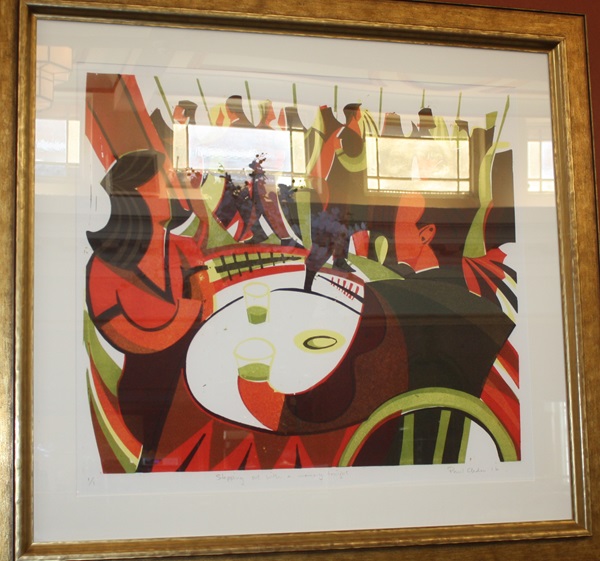
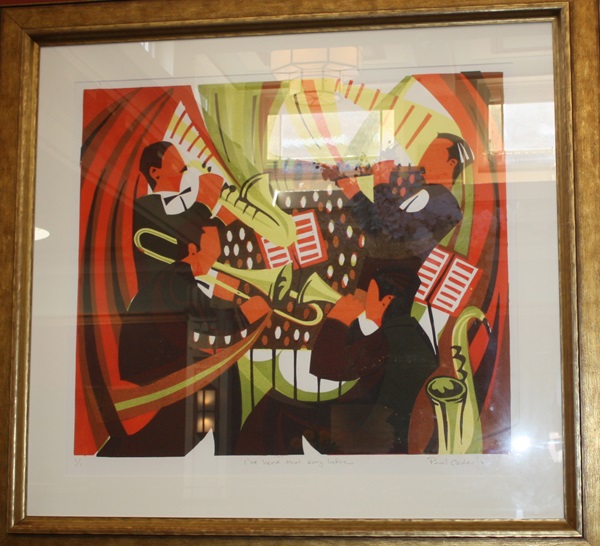
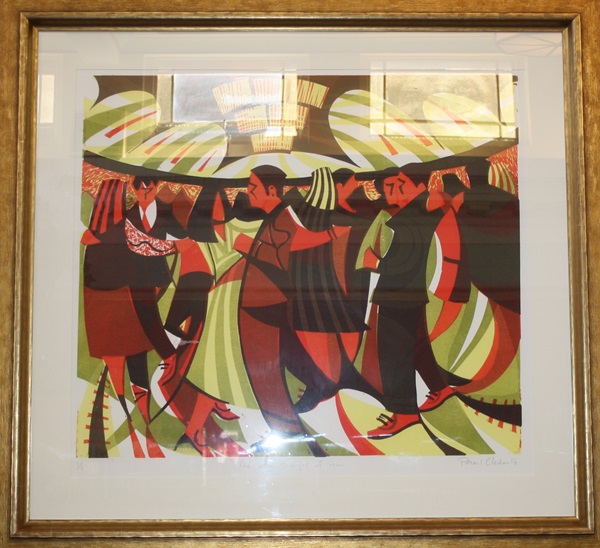
A collection of prints entitled Arrival, Night Train and Regent Street Rain, by John Duffin.
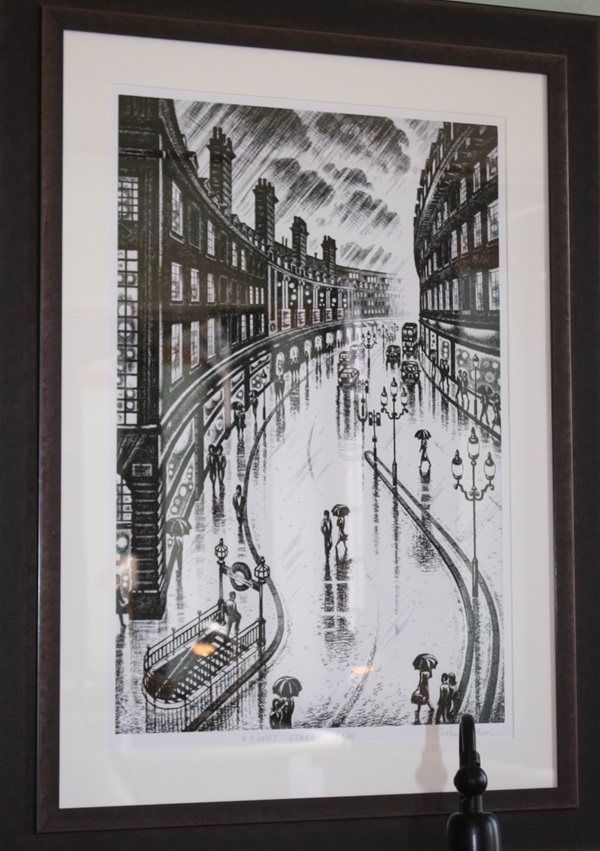
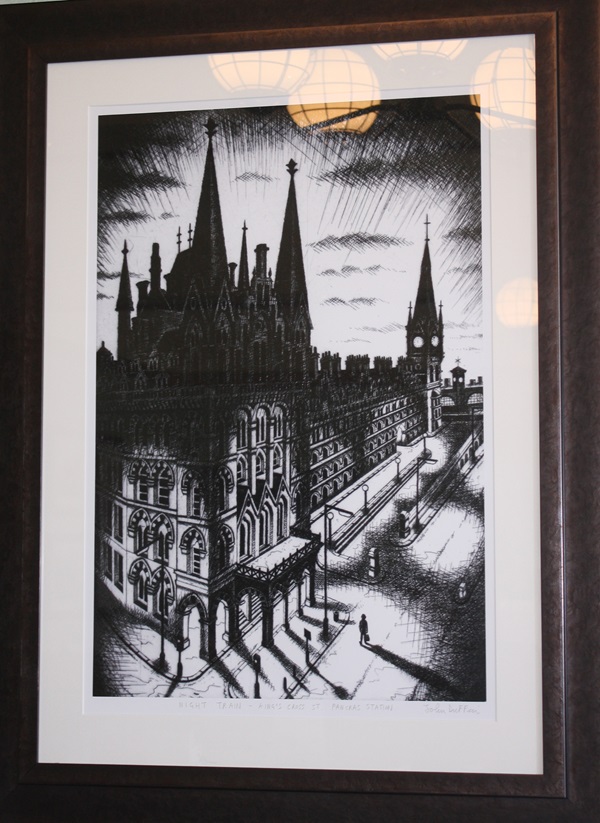
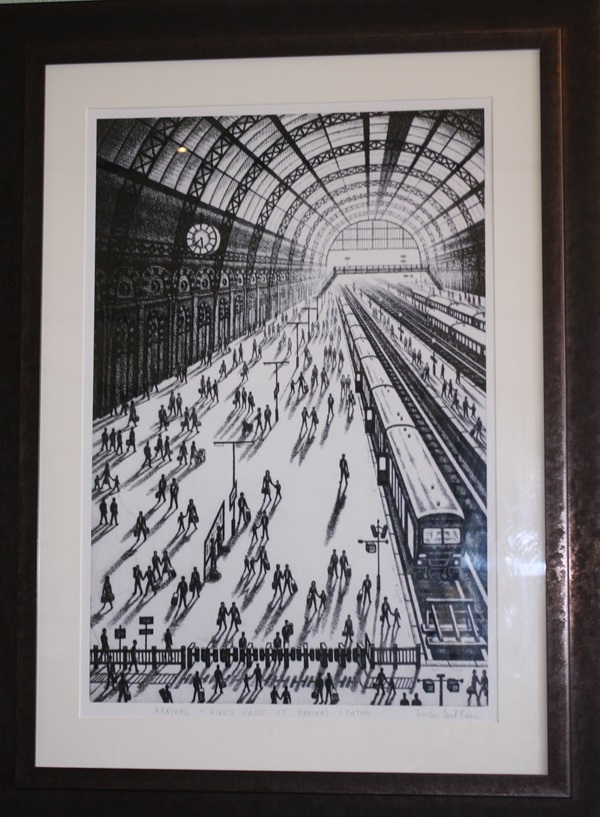
A print entitled Fields of Northolt, by Jenny Ford.
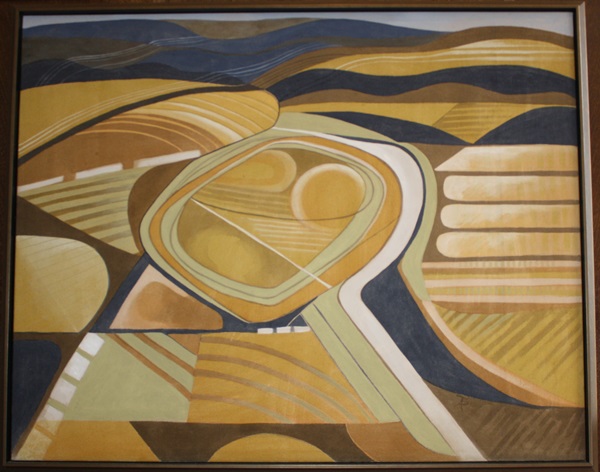
An illustration entitled Notes from the Underground, by Mychael Barratt.
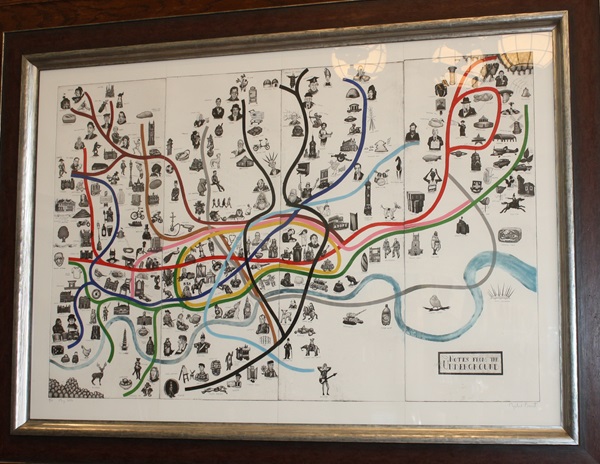
Some of the original gas lights survived and can be seen throughout the pub. Although no longer working, they serve as a reminder of when the property was built in the 1930s.
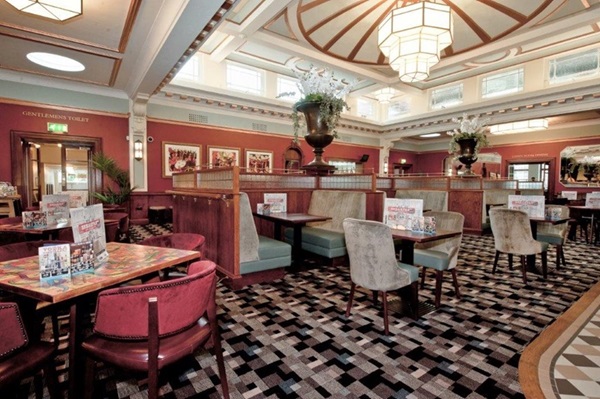
External photograph of the building – main entrance.
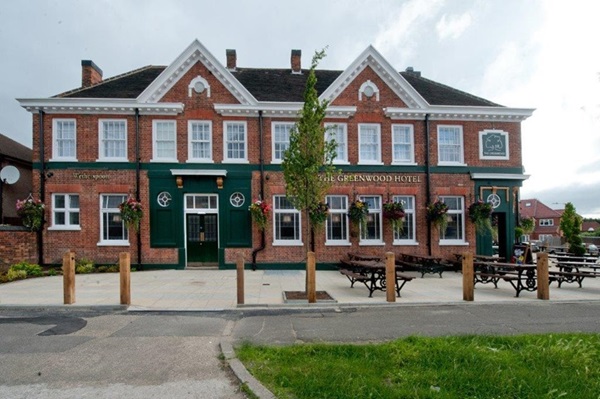
If you have information on the history of this pub, then we’d like you to share it with us. Please e-mail all information to: pubhistories@jdwetherspoon.co.uk